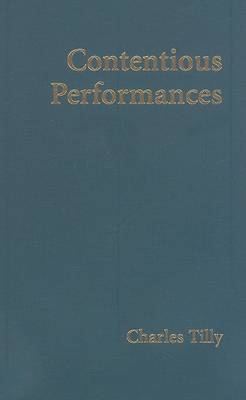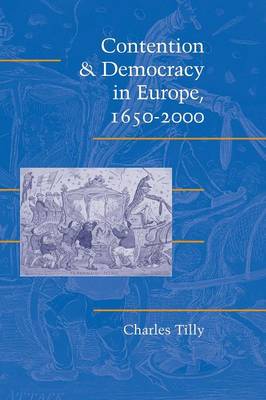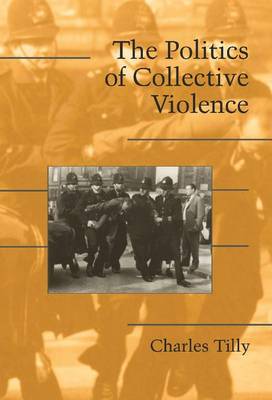Cambridge Studies in Contentious Politics
5 total works
How can we get inside popular collective struggles and explain how they work? Contentious Performances presents a distinctive approach to analyzing such struggles, drawing especially on incomparably rich evidence from Great Britain between 1758 and 1834. The book accomplishes three main things. First, it presents a logic and method for describing contentious events, occasions on which people publicly make consequential claims on each other. Second, it shows how that logic yields superior explanations of the dynamics in such events, both individually and in the aggregate. Third, it illustrates its methods and arguments by means of detailed analyses of contentious events in Great Britain from 1758 to 1834.
Contention and Democracy in Europe, 1650–2000, first published in 2004, is an analysis of the relationship between democratization and contentious politics that builds upon the model set forth in the pathbreaking book, Dynamics of Contention. Using a sustained comparison of French and British histories since 1650 or so as a springboard for more general comparison within Europe Contention and Democracy goes on to demonstrate that democratization occurred as result of struggles during which (as in 19th century Britain and France) few, if any, of the participants were self-consciously trying to create democratic institutions. Consequently, circumstances for democratization vary from era to era, region to region as functions of previous history, international environments, available models of political organization, and predominant patterns of social relations.
Are there any commonalities between such phenomena as soccer hooliganism, sabotage by peasants of landlords' property, incidents of road rage, and even the events of September 11? With striking historical scope and command of the literature of many disciplines, this book, first published in 2003, seeks the common causes of these events in collective violence. In collective violence, social interaction immediately inflicts physical damage, involves at least two perpetrators of damage, and results in part from coordination among the persons who perform the damaging acts. Professor Tilly argues that collective violence is complicated, changeable, and unpredictable in some regards, yet that it also results from similar causes variously combined in different times and places. Pinpointing the causes, combinations, and settings helps to explain collective violence and its variations, and also helps to identify the best ways to mitigate violence and create democracies with a minimum of damage to persons and property.
In recent decades the study of social movements, revolution, democratization and other non-routine politics has flourished. And yet research on the topic remains highly fragmented, reflecting the influence of at least three traditional divisions. The first of these reflects the view that various forms of contention are distinct and should be studied independent of others. Separate literatures have developed around the study of social movements, revolutions and industrial conflict. A second approach to the study of political contention denies the possibility of general theory in deference to a grounding in the temporal and spatial particulars of any given episode of contention. The study of contentious politics are left to 'area specialists' and/or historians with a thorough knowledge of the time and place in question. Finally, overlaid on these two divisions are stylized theoretical traditions - structuralist, culturalist, and rationalist - that have developed largely in isolation from one another. This book was first published in 2001.
How do social movements intersect with the agendas of mainstream political parties? When they are integrated with parties, are they coopted? Or are they more radically transformative? Examining major episodes of contention in American politics - from the Civil War era to the women's rights and civil rights movements to the Tea Party and Trumpism today - Sidney Tarrow tackles these questions and provides a new account of how the interactions between movements and parties have been transformed over the course of American history. He shows that the relationships between movements and parties have been central to American democratization - at times expanding it and at times threatening its future. Today, movement politics have become more widespread as the parties have become weaker. The future of American democracy hangs in the balance.




